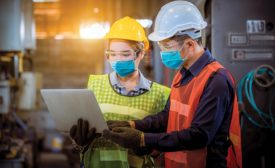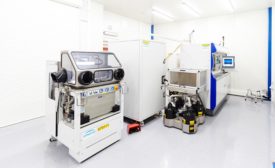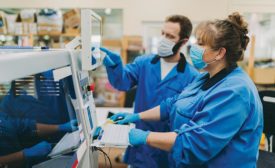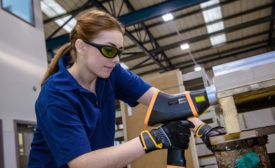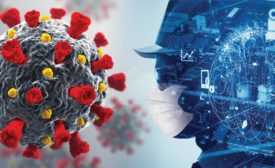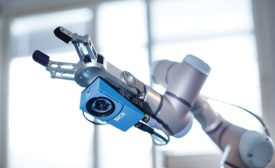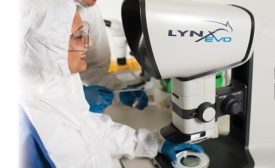Home » COVID-19
Articles Tagged with ''COVID-19''
Remote Quality Management System Audits: An ISO 9001 Auditor’s Perspective and Lessons Learned
Planning in this remote audit environment is paramount.
December 5, 2020
Managing the Unanticipated Risk: Lessons from the Pandemic
ISO 9001:2015 can ensure that actions are in place to address the risk if it occurs.
December 4, 2020
Additive Manufacturing: Past, Present and Future
Additive manufacturing has clearly been a major disruptor in sectors where it has been adopted, and this disruption propagates through the supply chain.
November 30, 2020
Training in the Age of COVID-19
With the virus disrupting businesses worldwide, training employees presents new challenges. Experts comment on what can be done.
November 2, 2020
Why COVID-19 makes materials analysis in quality control more important than ever
Thanks to the continued development of material analysis technologies like LIBS, OES and XRF, testing in-house couldn’t be easier.
October 6, 2020
A Pandemic is No Match for Industry 4.0
While COVID-19-related disruptions threatening to upend manufacturing as we know it, IIoT systems make large-scale remote work possible, improve safety and help with supply chain issues.
September 28, 2020
A Customizable Vision for the Quality Profession
The future of quality inspection is one that will see quality professionals working side-by-side with collaborative robots fitted with easily-swapped vision systems.
September 1, 2020
Looking to the Future: How to Keep Microscope Users Safe from Cross-Contamination
There are significant health benefits associated with eyepiece-less microscopes compared to eyepiece microscopes.
September 1, 2020
Get our new eMagazine delivered to your inbox every month.
Stay in the know with Quality’s comprehensive coverage of the manufacturing and metrology industries.
SIGN UP TODAY!Copyright ©2024. All Rights Reserved BNP Media.
Design, CMS, Hosting & Web Development :: ePublishing



